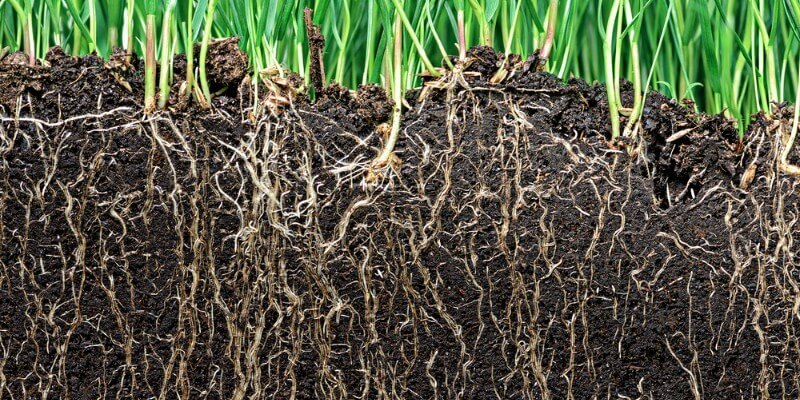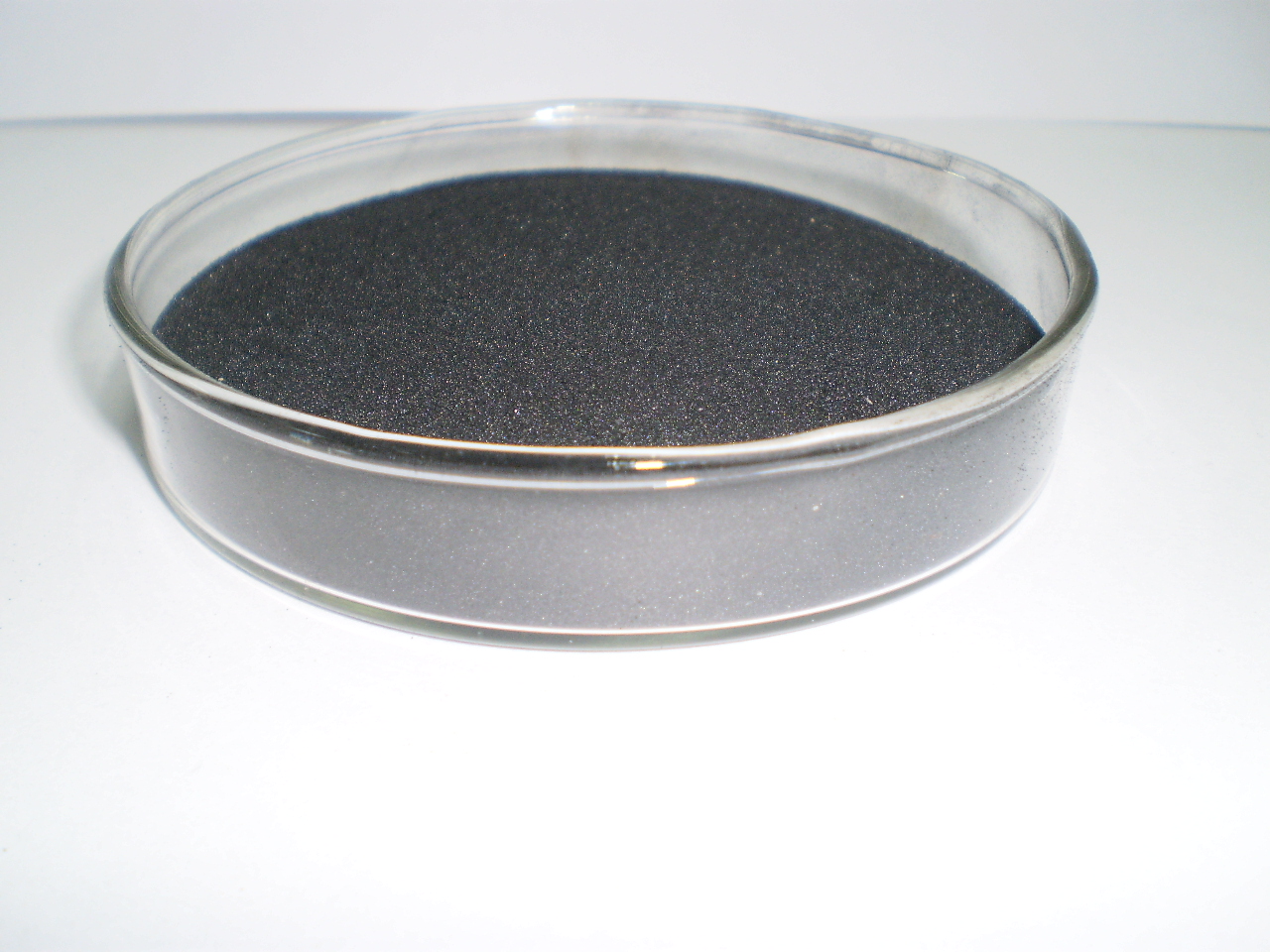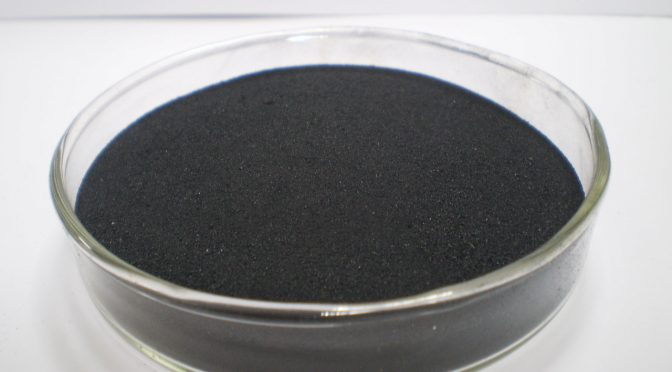Potassium humate contains a variety of functional groups, and the activated potassium humate becomes a highly effective biologically active substance, which has a stimulating effect on crop growth and physiological metabolism in the body. This characteristic is not available in general fertilizers, and activated potassium humate.
Efficient bioactive substances are soaked, soaked, rooted, sprayed, watered, and made into a base at a certain concentration, which has obvious stimulating effects on various crops. The comprehensive performance is in the promotion of root development, and has a good influence on crop yield and quality factors.
The role of potassium humate in crop development.
(1) Early germination, high emergence rate
The application of potassium humate can accelerate seed germination and increase the emergence rate, especially in early spring and low temperature (generally germination 1 to 3 days earlier, and the emergence rate is increased by 10 to 30%).
(2) The root system is developed and the absorption is strong
Potassium humate has a special promoting effect on the root development of crops. Many agricultural scientists call humic acid potassium as the “root fertilizer”. The effect on roots is mainly to stimulate the division and growth of root meristem cells and make seedlings. The hair roots are fast, the secondary roots are increased, the roots are increased, and the roots are elongated, which ultimately leads to a greatly enhanced ability of the crop to absorb water and nutrients.
(3) Effects on the growth of above-ground vegetative bodies
On the basis of sufficient nutrient supply, the stimulation of potassium humate can make the above-ground vegetative growth of the plant strong, which is manifested in plant height, stem diameter, number of leaves and accumulation of dry matter.
(4) Impact on production and composition factors
Potassium humate has different yield and composition factors for different crops. It has an effect on increasing the yield of grain crops, spikes, grains and 1000-grain weight. In the early stage, it has good effects on tillering and reducing the emptying rate.
Potassium humate enhances drought, cold and disease resistance of crops.
(1) Improve crop drought resistance
The application of potassium humate can reduce the stomatal opening of plant leaves.
The water condition in the plant is improved, the water content of the leaves is increased, and the foundation is laid for the ear and the seed. The application of potassium humate can also increase the content of chlorophyll and the normal progress of photosynthesis, for the accumulation of matter and 1000-grain weight. The improvement is very important.
(2) Enhance the cold resistance of crops
The application of potassium humate has obvious effects on early spring breeding in the south and cold resistance in northern wheat. In the south of China, early rice cultivation, often encounters low temperature and rainy weather, often occurs in dead seedlings and rotten seedlings. After application of potassium humate, the ground temperature is improved and the quality of seedlings is generally improved. Winter wheat in most parts of northern China, due to frequent “cold spring”, wheat seedlings are generally affected by winter, the application of potassium humate, effectively improve the cold resistance of wheat, and reduce the freezing damage to varying degrees.
(3) Control of plant diseases and insect pests and immunity
Potassium humate can effectively control underground pests and diseases and plant diseases and pathogens. Potassium humate has obvious effects on the control of fruit tree rot, leaflet, yellow leaf disease, downy mildew of cucumber, anthracnose of pepper, virus disease, etc., and potassium humate is applied without any pesticide. Cucumber did not have any major pests and diseases from beginning to end.



